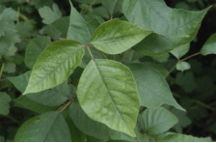
When poison ivy climbs, it forms numerous aerial roots that give the vine the appearance of a fuzzy rope. The leaves of poison ivy also vary. Though the compound leaf always has three leaflets, the leaf margins may be toothed, incised, lobed or smooth. The size of the leaves also can vary, although usually the middle leaflet is larger than the other two. Also, the middle leaflet is the only one with a long stalk; the other two are closely attached to the petiole (leaf stem). The number of leaves gives rise to the saying: "Leaves of three, let it be!" Poison ivy is often confused with Virginia creeper or Woodbine. Each of these vines, however, has five leaflets rather than three.
There are three methods commonly used to eradicate poison ivy. These include pulling or grubbing out the plants by hand, cutting off the vine, and then treating the cut stump or the regrowth, and spraying the plants directly. The method used depends somewhat on the plant's growth form.
If the plant is growing as a groundcover, direct spray or grubbing the plant out is often used. If grubbing, wear gloves and a long-sleeved shirt. The soil must be moist for grubbing to work well. Wash the clothes and yourself immediately after you finish. It might also be a good idea to rinse the washing machine.
If the plant is in the shrub form, direct spray is the most common control method. If the plant is a woody vine that has climbed a tree, the preferred method is to cut the plant off at the base and treat the sprouts after they emerge. Some triclopyr herbicides also have instructions on treating a freshly cut stump directly. Triclopyr (Brush-B-Gon Poison Ivy Killer, Brush Killer Stump Killer) is most often used for poison ivy control. Other Herbicides that can be used include glyphosate (Roundup, Killzall Weed and Grass Killer, Nutgrass, Poison Ivy and VineKiller) or dicamba. Poison ivy is tough. Repeat applications may be necessary. (Ward Upham)
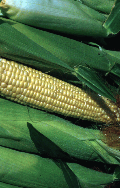
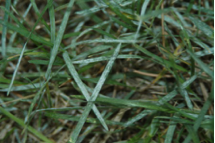
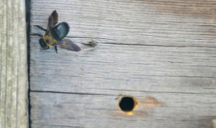
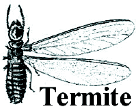

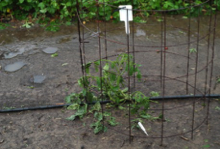
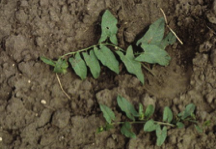
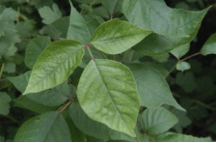
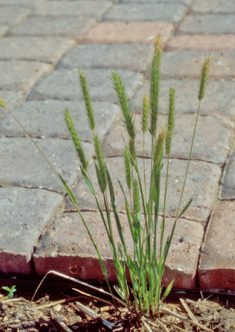
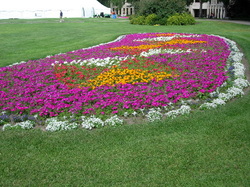
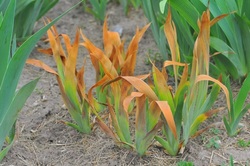
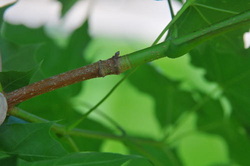
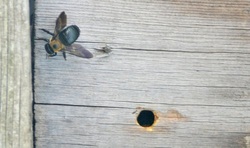
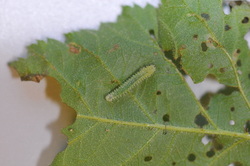
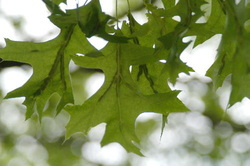
 RSS Feed
RSS Feed
